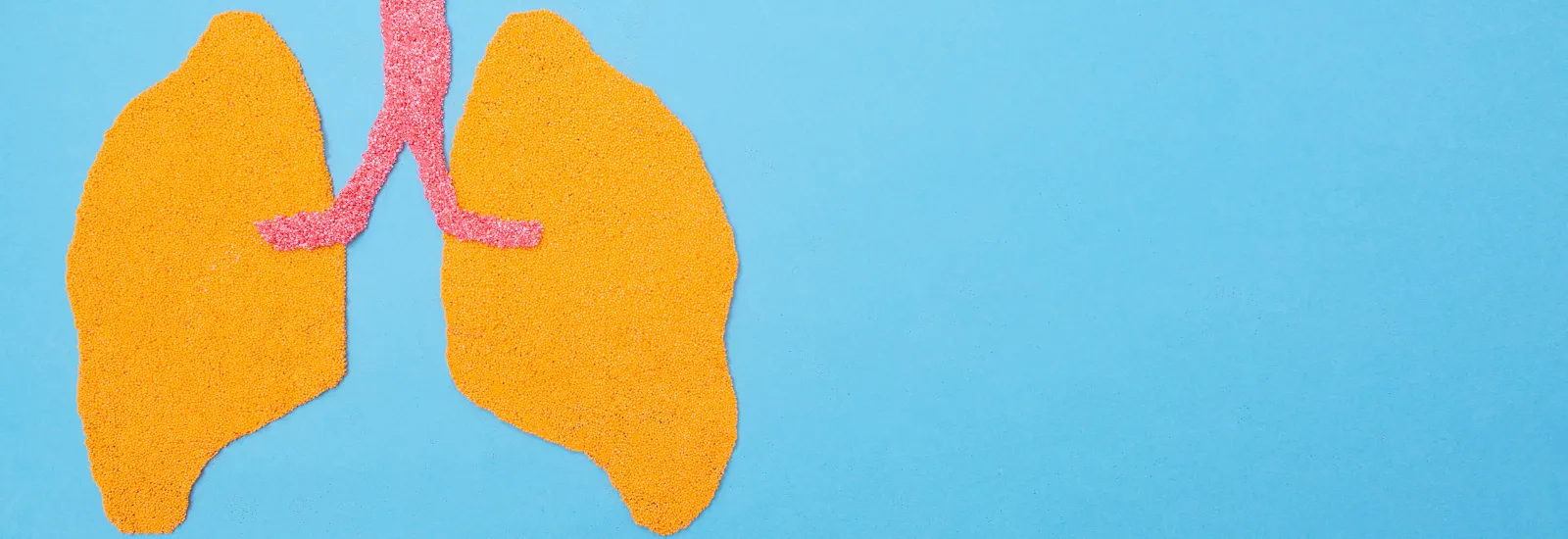
Beyond smoking: other lung cancer causes and risk factors
You don't have to smoke
to develop lung cancer. Tobacco smoke is a leading cause, but it's not the only
thing that can increase your risk for this disease.
Lung cancer
has also been linked to changes in your DNA, as well as exposure to a naturally
occurring gas, toxic workplace chemicals, and air pollution. Some risk factors
are unavoidable but being aware of the many things that can contribute to lung
cancer can help you reduce your risk.
Lung cancer basics
Lung cancer is divided
into two main types — small cell lung cancer and non-small cell lung
cancer. Non-small cell is more common and tends to grow and spread slower.
Rarely, lung cancer can
occur without any known risk factors. People who have never smoked can develop
lung cancer but smoking or another risk factor contribute to the majority of
cases.
Lung cancer symptoms,
including a persistent cough, fatigue, chest pain, wheezing, and shortness of
breath, usually don't appear until the disease is more advanced.
Certain individuals who
smoke or formerly smoked may be candidates for a low-dose CT scan, or lung scan. This is one of several
important cancer screenings to discuss with your
primary care provider. A lung scan can help detect cancer earlier when it's
easier to treat, increasing the chances of success.
If you're diagnosed with
lung cancer, your treatment plan will depend on the type and stage of the
disease, among other factors. Treatment options include surgery to remove the
tumor, chemotherapy or radiation therapy to destroy cancer cells, and targeted
therapy to keep the cancer from growing and spreading.
Smoking: lung cancer's leading cause
Any discussion of lung
cancer causes and risk factors has to start with smoking, which accounts for
about 9 in 10 cases, according to the American Lung Association. You don't have
to smoke to be at risk from smoking — secondhand exposure to cigarette smoke or
other types of tobacco smoke also increases your chances of developing lung
cancer.
Unfortunately, smoking
casts a long shadow. You can still get lung cancer after quitting smoking, and
your risk will remain higher than someone who's never smoked. However, there's
plenty of reasons to kick the habit. Quitting can reduce
your risk of lung cancer by as much as 50% over a decade, according to the
National Cancer Institute.
The role of radon
About 10% to 20% of lung
cancer cases occur in people who never or seldom smoked, according to the
Centers for Disease Control and Prevention. Many of these cases occur due to
exposure to an invisible, odorless gas that's part of the natural world — radon.
Radon forms when uranium
in the earth decays. It's rarely a problem in the outside environment. However,
if radon seeps from soil into tiny cracks in your home, it can become more
concentrated, and dangerous, in the indoor air. Only smoking causes more lung
cancer cases than radon exposure. Smoking and
radon exposure is particularly dangerous.
Radon testing can detect
elevated levels of this gas in your home. If levels are high, you can reduce
them by having trained professionals install a radon-specific ventilation
system and sealing off any cracks.
More lung cancer causes and risk factors
In addition to smoking
and radon exposure, factors that can contribute to lung cancer include:
- Air pollution. Urban, outdoor air
pollution from cars, trucks, and other sources is a risk factor for lung
cancer. Check the air quality where you live before
heading out for outdoor activities.
- Asbestos. Exposure to asbestos — a
group of fibrous minerals once commonly used in building insulation — can
increase your risk for lung cancer. Use of asbestos is decreasing, but it's
still present in older buildings and some workplaces, such as textile mills.
You can reduce exposure by wearing protective equipment at work, if necessary.
Additionally, you can have your home tested for asbestos. If asbestos is
present, an inspector can tell you if asbestos materials need to be removed.
- DNA changes. You can inherit lung
cancer-associated DNA changes, or mutations, from your parents. You can also
develop these changes during your life, often from controllable factors such as
smoking. Inherited DNA changes are out of your hands, but you can avoid other
risk factors that can cause changes to your genetic code.
- Workplace carcinogens. Take care to limit your exposure to arsenic, nickel, diesel exhaust, or other cancer-causing chemicals on the job.
If you're diagnosed with
lung cancer, you won't have to look far to find compassionate experts. Find a Reid Cancer Center oncology specialist and
learn how we use clinical expertise and innovative technologies to care for
patients on their cancer journeys.

